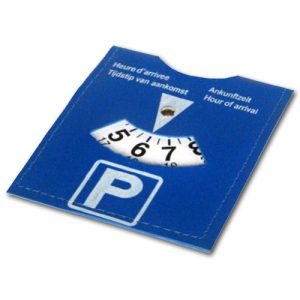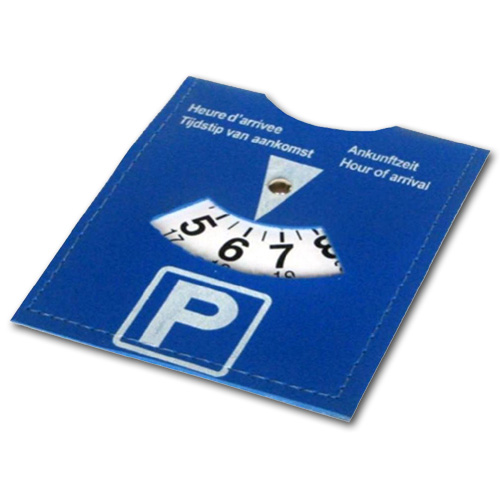Driving down a backroad in Cornwall, I’m white knuckling it again. These old pony paths are now paved and supporting motor vehicle traffic. And, to top it off, folks here like to line the roads with hedgerows about 10 feet tall. There’s no shoulder. My heart is beating quickly and I’m praying, “Please don’t let anyone come from the opposite direction!” There is no room to move over or pull off. Just as I utter the prayer, a large Range Rover comes into view. Oh. My. God. The driver and I exchange glances, and he notes the terror in my eyes. He begins to back up to a point where there’s a place to pull over. I pass by mouthing “thank you thank you thank you!” He laughs.
I am renting a car from a global rental agency in a small market town. I notice the car isn’t shifting properly. A mile from the lot, a horrible smell fills the car. I turn back with only two miles on the odometer since I left… and they charge me $1800 (over and above the actual rental fee). A legal battle ensured (I won), but it was long and painful (and costly).
I am in the Lake District, and I ask for the easy way to a small town where friends are located. I’m pointed to a larger “A” road, but my GPS takes me to a small pathway hanging in midair called “the Struggle”. I live to drive another day, but only just.
There are tons of horror stories about driving in another country – these are just a few of mine. But, having said that, I’ve been on the road a LOT during my travels and the incidents have been very rare. There are reasons to self-drive, but I have to be convinced! I recommend train travel over car rental any day except for the problem of actually *getting* to places you want to see. For years, Portmeirion, Wales has been on my list. Totally not on the major rail line. Mount Snowdon has also been on the list, but it’s only by a harrowing combination of bus and rail travel that I could make it there on mass transit lines. The cost and travel time is cut by ¾ in driving myself. So, there are times I would recommend renting a car. I’m considering it this year.
If you were in my class, I would probably recommend taking mass transit for your first few trips over. You’re probably going to want to see more tourist sites that would be rail-linked. In fact, I’d recommend a group tour for your first trip (to get the lay of the land) followed by a self-planned tour in subsequent trips. At some point, however, you may want to go beyond the tourist sights to see things others don’t have a chance to.
What should you know before you rent a car in the UK?
- Know your insurance before you go over. What’s covered and what isn’t? What does your credit card cover? You may not need that Collision Damage Waiver that adds quite a bit to your costs.
- Know if you want to add a second driver to your contract. This adds something around $10-$20 a day for the rental.
- When renting a vehicle make sure you understand how to operate it before leaving the lot. An agent should give you a briefing before you take off.
- Check the government website as to whether you need an international driver’s license. Currently, you don’t, but that could always change. (http://www.gov.uk)
- Check your car THOROUGHLY before driving off the lot. I was experiencing trouble shifting on one car which led to the $1800 charge. If you have *any* issue at all, stop the car immediately and call the agency.
- Know the rules of the road. There are some pretty complex traffic circles and signs that you may not be aware of. To familiarize yourself with British road safety, go to http://www.gov.uk and look up The Highway Code, road safety and vehicle rules.
- Most cars in the UK are standard shift, though you can get automatic for added cost. One rental agent told me an American showed up on his lot thinking the car was automatic. He gave her a 30-minute class in standard shift and sent her on her way!
- Don’t lose your keys! On one trip, I lost my keys and it was going to cost about $750 for a replacement, plus the cost of a courier to get me a replacement from London. I lucked out in that I found the key two days later and they waived the courier fee. I was very lucky!
- Follow parking rules. Some city centres still use parking discs that allow you to park for free for a designated amount of time by setting your arrival time on the disc. You will need to have or obtain a free parking disc to park in these zones which are usually available from council offices, tourist information centres and many businesses. Time limits vary, so check the signs adjacent to your vehicle. Display the disc on your dashboard.

If an area is not marked as paid parking, disc parking, or emergency parking you are probably ok to park there. As with anything, do your research before you go over!
- Make sure you have some sort of GPS with you. Even though I had two GPS’s with me and they could never agree on anything! It’s still better than being irretrievably lost.
- Take a hardcopy Atlas with you in case the GPS is just going too wonky or you lose satellite connection.
- Make sure there is parking at your lodging. Parking is not guaranteed anywhere in the UK!
- Note that blue signs marked with a large “P” indicate parking lots in cities and towns.
- On divided highways (called dual carriageways), it is the law for slower cars to stay on the left, faster cars in the middle, and still faster on the right.
- Closed Circuit TV is used on most major roads in the UK.
- Restrooms and gas stations are not as plentiful as they are in the states. However, the British have something called “Services” which is pretty amazing. When you see a sign indicating “Services”, it will take you to a large gathering of stores, gas stations, and even casino games (depending on the size and location of the Services). I wish we had Services in the U.S.!
- Speaking of lack of restrooms, if you have to go or think you will, and you see a Services sign – STOP then and there! You may not get another chance for a long stretch of road. This is also a good time to note your gas tank levels.
In general, driving in the UK comes naturally after about an hour or so in the driver’s seat. Relax. Being uptight and worried doesn’t make you a better driver. Breathe. If you feel you’re getting overwhelmed, pull over and rest a bit. Services are your friend as is preparedness. Know the rules. Head off rental car issues when possible. Cover yourself! Forewarned is forearmed.





4 thoughts on “Driving in the UK”
We're setting aside funds to hire a taxi to take us to the places that the trains and buses won't the next time we go to Wales. That will make it all easier.
That's one option. There are tour guides who will take you (costly, but can split that with others if you're in a group). This was just about driving, of course. It's the least costly way to make it happen (depending, of course, on whether you're traveling 5 miles or 50.
Your guidelines are helpful–even though odds are I'm never driving there. HA!
Cheers, Rose Mary!